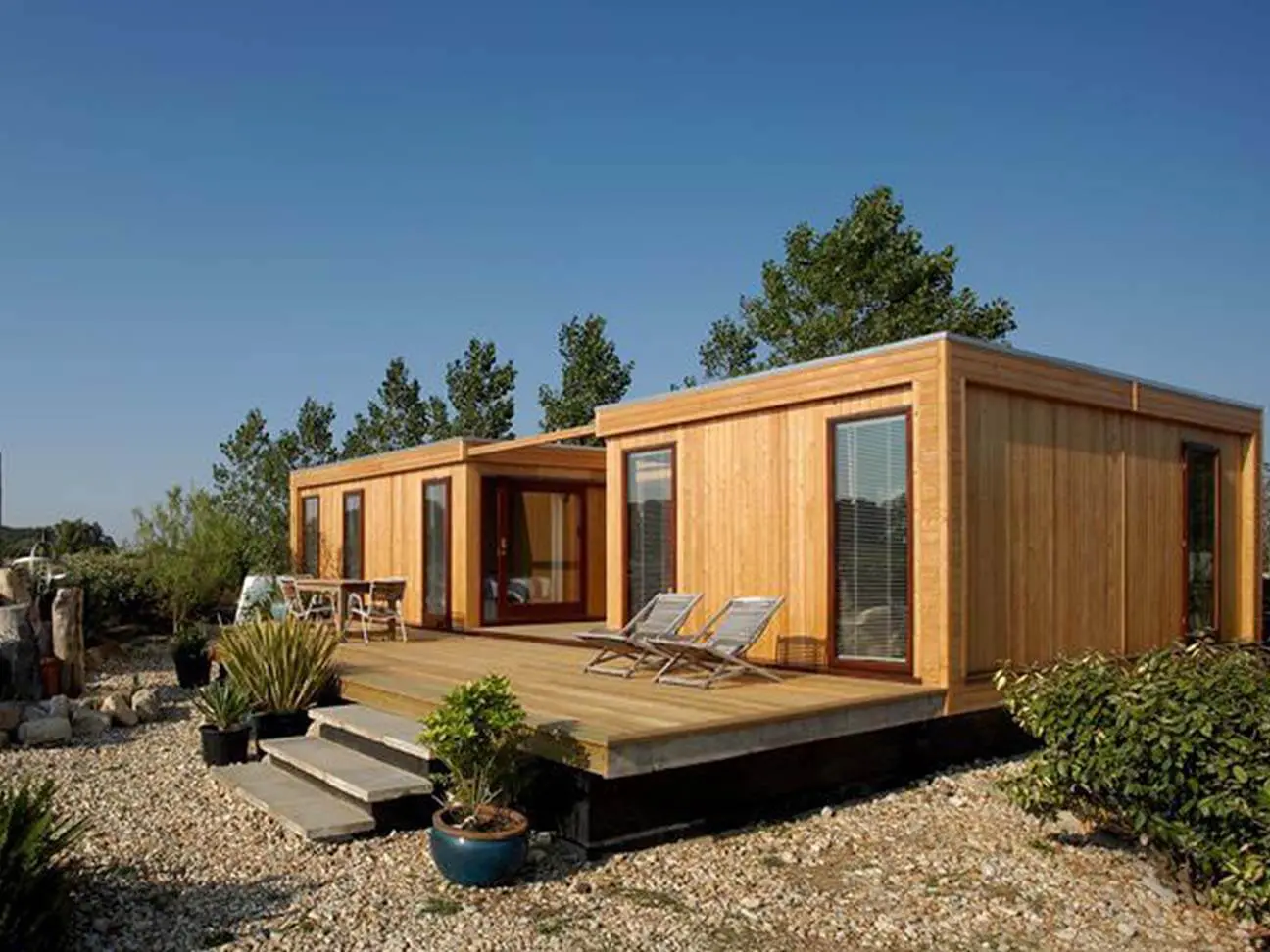
Modular homes are one of the things we think of when we think about the American dream. The trick is, most people these houses are known as modular.
While you may know what these are from the picture, are you sure you know what this concept even means?
Let’s share all there is to know about them.
The Construction Process of Modular Homes
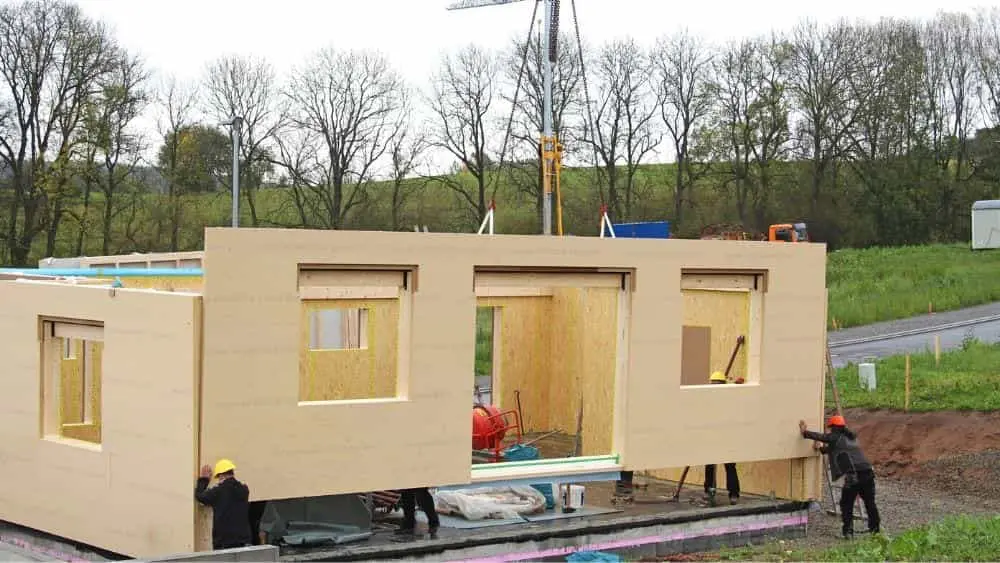
Modular homes are constructed in a fundamentally different way from traditional onsite building methods.
The construction of these begins in a controlled factory environment, where various modules or sections of the home are built simultaneously.
Each module typically includes integral parts of the house such as plumbing, electrical wiring, and insulation.
Once these modules are complete, they are transported to the building site. This transportation phase is critical as it requires careful planning to ensure the modules are not damaged in transit.
On arrival at the designated land, a crane and other specialized machinery are used to place and assemble the modules on a pre-prepared foundation.
This stage often resembles a large-scale building block setup, where each module is precisely aligned and secured to the others.
The entire assembly process can take just a few days, a stark contrast to traditional construction methods that can take months.
The speed and efficiency of this process not only save time but also significantly reduce labor costs and minimize the environmental impact typically associated with construction sites.
What are the Benefits?
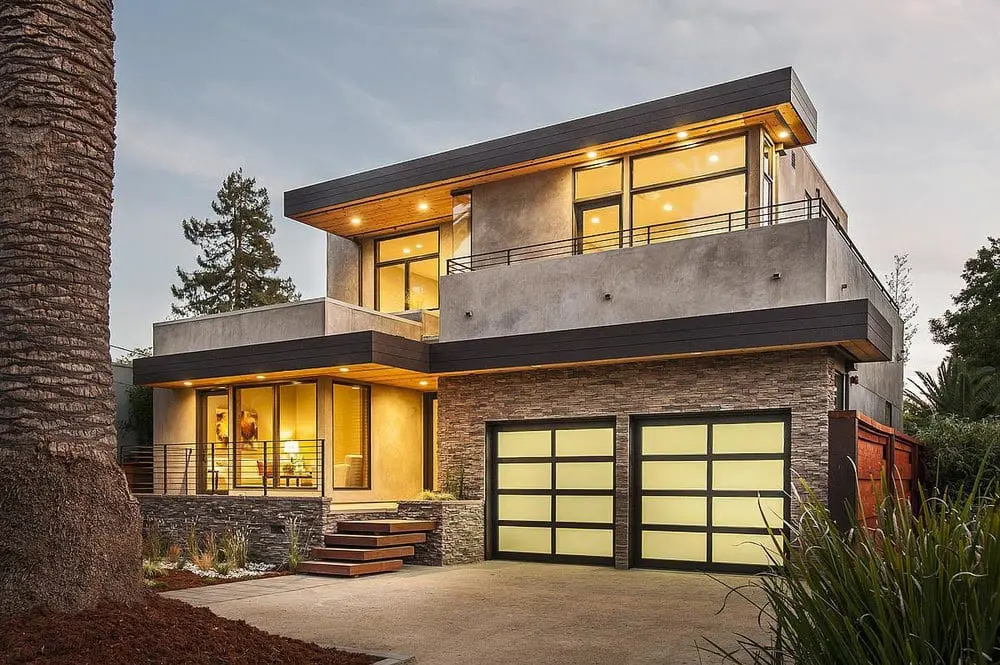
First, let us address the benefits. You should know these before you look for a modular home builder.
Cost-Effectiveness
One of the most compelling advantages of modular homes is their cost-effectiveness.
The prefabrication process allows for the major components of the home to be constructed in a controlled factory setting, where manufacturers can streamline processes and significantly reduce waste.
The efficiency of assembly-line production further drives down costs, making them a financially attractive option for many homebuyers.
Energy Efficiency
Energy efficiency is another substantial benefit of modular homes. These homes are constructed using modern materials that often exceed the energy standards applied to traditional building methods.
The controlled factory environment enhances the effectiveness of insulation, facilitates the installation of advanced window fittings, and promotes airtight construction techniques—all of which contribute to superior energy performance.
Modular homes are frequently equipped with eco-friendly features such as solar panels, energy-efficient appliances, and sustainable materials, appealing to environmentally conscious consumers looking to reduce their carbon footprint.
Shorter Construction Timelines
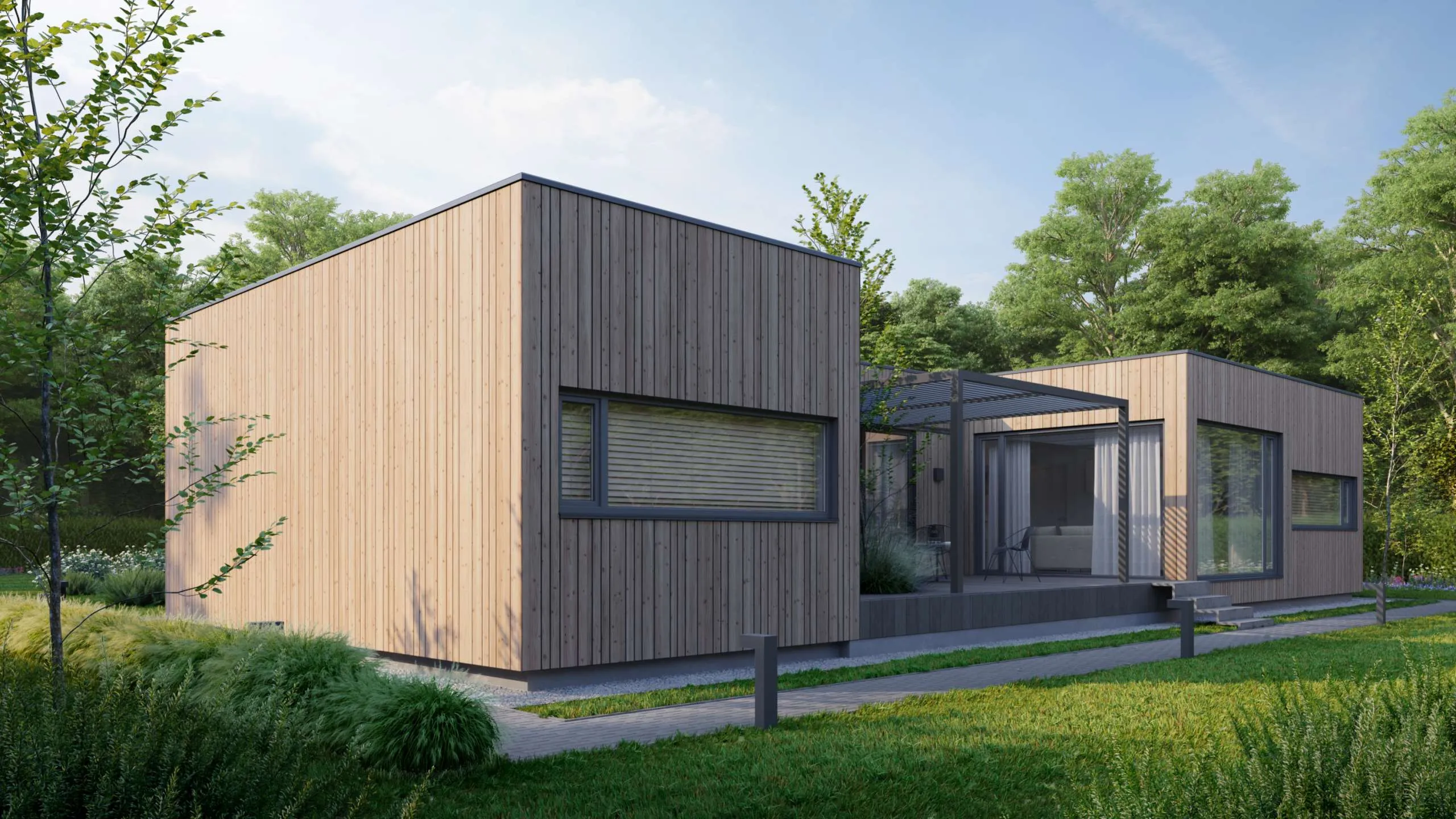
The construction timeline of modular homes is considerably shorter than that of traditional homes. Since factory production is not affected by weather conditions, many weather-related delays that plague traditional construction sites are eliminated.
This expedited process not only speeds up the overall home-building timeline but also reduces the risks and costs associated with prolonged construction projects.
Homebuyers benefit from quicker occupancy, which is particularly advantageous for those under time constraints or financial pressures associated with rental accommodations.
Potential Drawbacks
While modular homes offer many benefits, they also come with certain drawbacks.
Public Perception and Stigma
One significant drawback of modular homes is the public perception that associates them with lower quality. Despite modular homes often meeting or exceeding the building standards of traditional homes, this misconception persists.
Such stigma can substantially impact the resale value of these homes and their acceptance in certain communities. Potential homeowners may face challenges in convincing others of the home’s quality and durability, which can deter some from choosing this housing option.
This perception issue is often rooted in confusion between modular homes (which are built to a code equivalent to that of site-built homes) and manufactured homes, which typically adhere to different standards.
Zoning and Land Use Restrictions
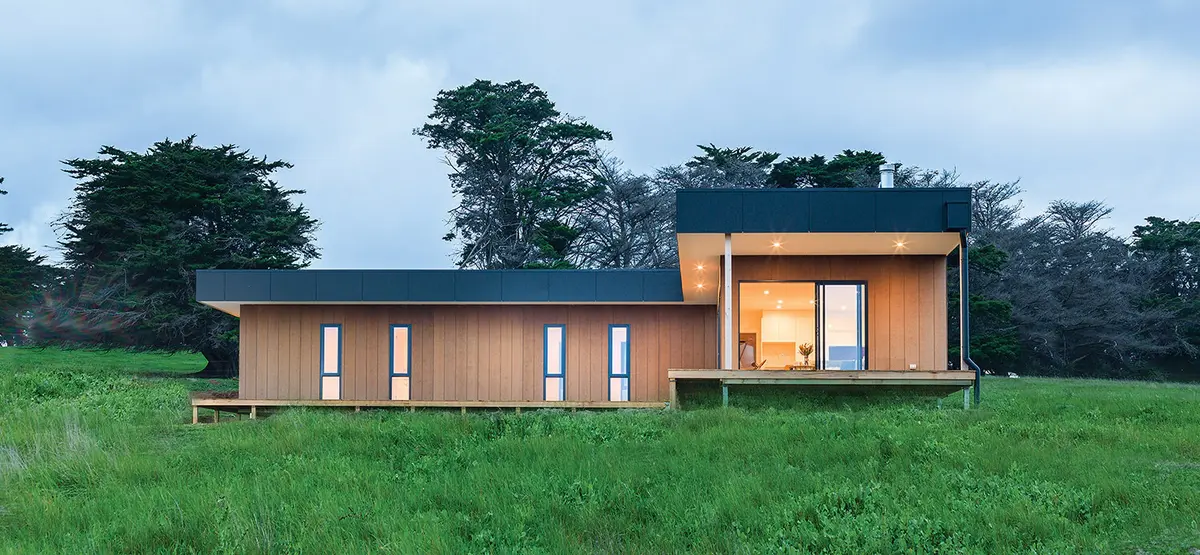
Zoning and land use restrictions present another notable challenge for modular homes. Various regions enforce strict zoning laws that fail to distinguish between modular and manufactured homes, thereby restricting where modular homes can be placed.
These constraints can severely limit the locations available for building modular homes, affecting their marketability and convenience for potential homeowners.
In some cases, municipalities may have outdated ordinances that have not evolved with modern building practices, making it difficult for modular home buyers to find suitable land within legal frameworks.
It can lead to increased costs and delays as homeowners seek out permissible plots or attempt to change local regulations.
Financing Challenges
Although financing for modular homes can be similar to that for traditional homes, it often presents unique challenges. The process of securing a construction loan for a modular home can be complicated due to the misunderstanding of the product’s nature among some financial institutions.
Banks and lenders may be unfamiliar with the modular construction process, leading to hesitancy in providing construction loans under terms that adequately reflect the reduced risk and faster construction timeline of modular homes.
Customization and Design Options
Contrary to common perceptions, modular homes offer extensive customization possibilities. Potential homeowners can choose from floor plans and design options that rival those of traditional homes. Manufacturers typically provide a catalog of designs that can be modified to meet individual preferences in style, layout, and functionality.
From traditional to contemporary, the aesthetic options available can cater to diverse tastes. Interior finishes like cabinetry, flooring, and fixtures can all be selected to fit the homeowner’s desires.
The flexibility extends to external modifications, allowing owners to choose different roofing styles, exterior finishes, and even porch designs.
This level of customization makes modular homes attractive to a broad spectrum of buyers, from those looking for a budget-friendly housing option to those desiring a more luxurious dwelling.
Financial Aspects
Financing a modular home is similar to financing a traditional home, but with some variations that cater to the unique construction process. Buyers typically opt for a construction loan that covers the cost of the home’s factory production and land preparation. Upon completion, the loan can often be converted into a traditional mortgage.
The overall cost of owning a modular home can be lower than that of a traditional home. The initial costs are frequently reduced due to the efficiencies of mass production and shorter construction times. Moreover, the ongoing costs of maintenance and utilities can be lower due to the high standards of energy efficiency in modular construction.
The Bottom Line
Now that you know exactly what these are, we are certain you will have a much clearer idea before making a decision.
As you can see, these are quite a good option.













